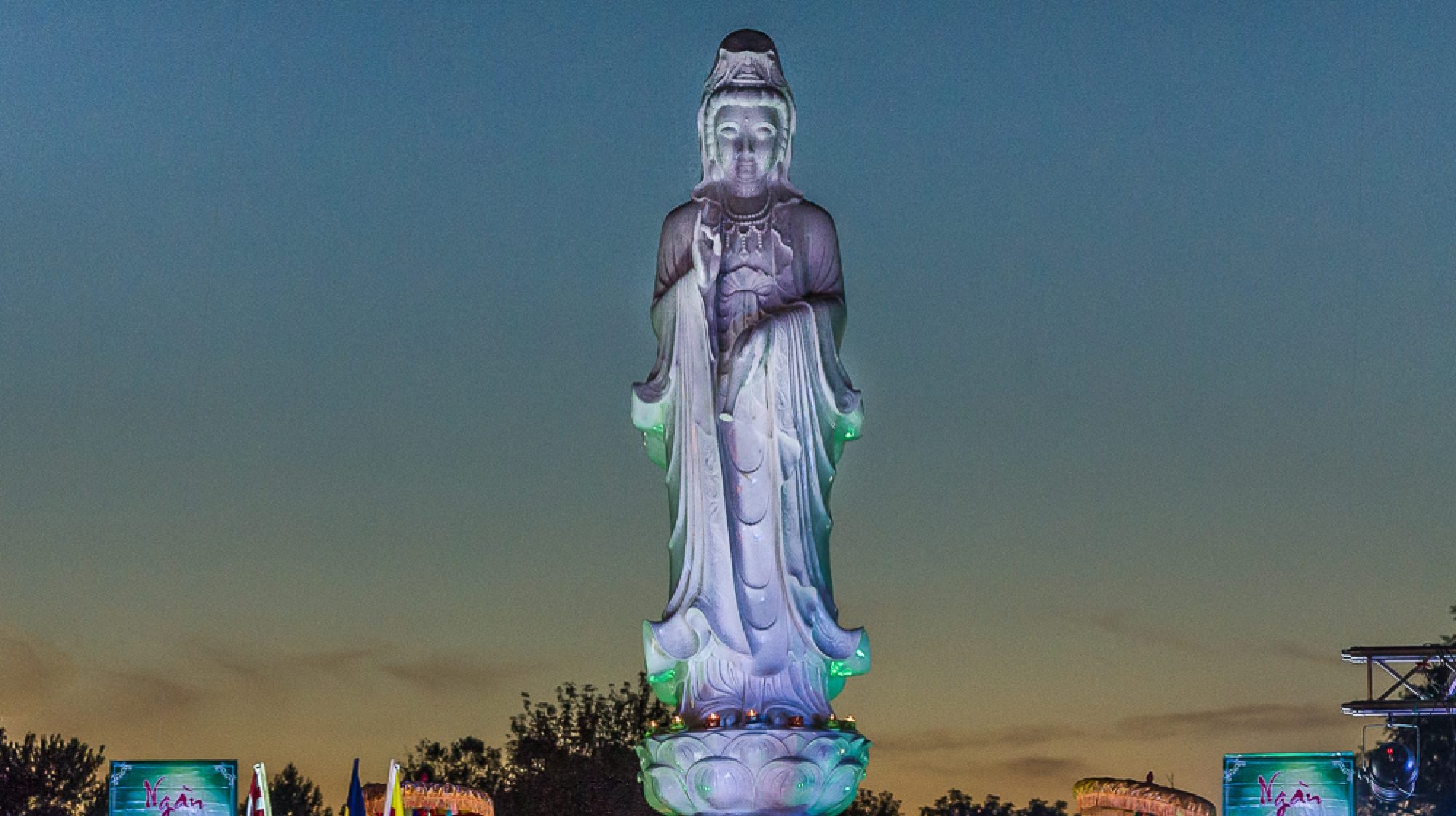
CONTACT
Leader(s):
Father Aquinas M. Nichols
Reverend Mark Campbell
Phone number:
(515)-244-3101
Website:
HOURS
Daily Mass: Mon-Fri: 12:00 PM
Weekend Mass: Saturday: 4:00 PM, Sunday: 8:30 AM, 10:30 AM Festive Sung Mass
ETIQUETTE
• Dress business professional.
• Come to be prepared and amazed by the architecture.
• Be prepared to shake hands.
• Understand that people genuflect before sitting down in
seats.
• If you want to participate in the Eucharist, you can go into the procession and hold arms in an X to signify that you are not
taking the Eucharist.
• Sing along with Hymns if you feel like it.
• Do not leave before Communion.
STUDENT TESTIMONIAL (by Wayne)
The history of Saint John’s Catholic Church dates back to June 7, 1905, when fourteen lots were purchased on University Avenue between 19th Street and Harding Road (now Martin Luther King Blvd.) at a cost of $8,000, under the direction of Rev. Daniel F. Mulvihill. Two additional lots were purchased on July 20, 1905 for $1,375.00. The first building on the property was the present brick school where a large chapel on the second floor was used for a temporary church. The first Mass was celebrated in the partially completed school on Christmas day, 1905. In August, 1913, the basement of our present church was built and services were held there until the upper church was started. The cornerstone for the upper part of the church was laid on September 19, 1926. On Sunday December 4, 1927 Saint John’s Catholic Church was solemnly dedicated by Most Rev. Thomas W. Drumm, D.D., Bishop of Des Moines. A Solemn Pontifical High Mass was celebrated upon the newly dedicated altar. The present altar of celebration was made in Italy and was consecrated on June 5, 1983. Saint John’s Catholic Church was named to the National Registry of Historical Places on September 8, 1987. On December 31, 1989, Most Rev. William H. Bullock, Bishop of Des Moines, presided at the Solemn dedication of the church as a minor basilica.
A typical Roman Catholic Liturgy has two parts: the Liturgy of the Word and the Liturgy of the Eucharist. The Liturgy of the Word includes readings from the scripture and the sermon, while the Liturgy of the Eucharist includes the offering, the Eucharistic prayer, and Communion. The high point of the service is the Holy Eucharist. Father Aquinas blesses the wafer and wine, which are transformed through the ritual of trans-substantiation into the actual body and blood of Jesus Christ. One by one, the faithful come forward to kneel or stand at the altar as Father Aquinas and his deacons serve the Holy Sacraments—the body of Christ from a precious metal platen and the blood of Christ from a precious metal chalice.
To be a basilica, a church needs to maintain certain key features: architectural antiquity and dignity, historical significance, and devoted mission and worship. St. John’s is very much a basilica—one of only some sixty in the country—and its parishioners are proud that their tradition maintains liturgical fidelity to Rome. Carolyn takes deep pride in the liturgy, the music, and the Basilica. But what makes her proudest of all is the heritage of Catholicism itself whose roots can be traced back to early Christianity. That means that Father Aquinas stands in a succession of priests leading “all the way back down the line to the Apostles and St. Peter.” As a Catholic, she knows she can receive the same sacraments and participate in the same Catholic faith no matter which church she attends. At the same time, the basilica serves an important function in obliging the many requests for information about the Catholic faith. As such, questions from both its own parishioners as well as from the wider community are welcome. That’s the whole point of religion as Father Reynaldo sees it: to help us live in peace with others who are different from us, to love others—all others.

